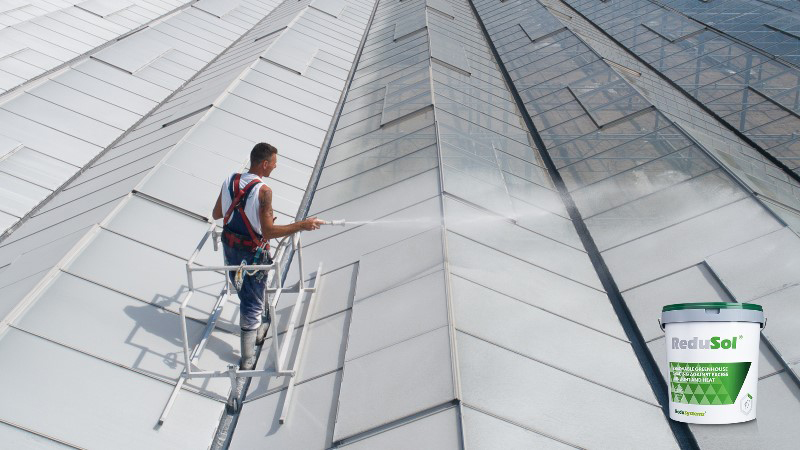Improving Greenhouse Energy Efficiency Starts With Automation

Photo: Ridder
Growing crops in a greenhouse requires a lot of energy and resources. From electricity to natural gas, the elements that are essential to produce high-quality crops are becoming more costly, cutting into growers’ already slim margins.
Fortunately, developments in technology and process automation can improve energy efficiency, and make sure that power and resources are targeted in their use for maximum return on investment. A recent blog from Ridder breaks down how it’s possible for growers to save energy and improve efficiency in their greenhouse with data, energy insights, and process automation.
For growers operating in a competitive market, cutting back on energy usage without understanding the consequences on their crops can lead to less, or lower quality yield. To understand how to make the greenhouse more efficient with process automation, it’s important to know where greenhouses expend the most energy, and where they can make savings.
With an increasing amount of operations being designed for year-round production, the use of combined heat and power systems are commonplace in horticulture in Northern Europe. These systems allow growers to use natural gas to generate heat, electricity, and CO2. A vast amount of energy and resources need to constantly be injected into the greenhouse for heating, light, and CO2. Reducing one of these resources will influence various factors inside the operation.
With heating, it’s not always possible to save energy by reducing the heating temperature in the greenhouse. This will also influence the control over the humidity levels, and affect the crop growth and quality of the production. Process automation and smart software can help you to obtain a thorough understanding of the available energy saving options and create a balanced control strategy that will reduce your resource usage without compromising on production or quality.
Thinking about the way energy is used in a greenhouse can help identify where it can be optimized to become a truly, high-efficiency environment. The need for consistent conditions within the greenhouse climate means that there are instances when it will be necessary to use gas to heat the greenhouse in winter. If the greenhouse becomes overheated, ventilation will need to be used to cool the greenhouse, which is both inefficient and costly. To run a truly high-efficiency greenhouse, these processes need to be automated so every joule from the sunlight is efficiently used and energy is not lost by excessive venting.
Continue reading at Ridder.com.








